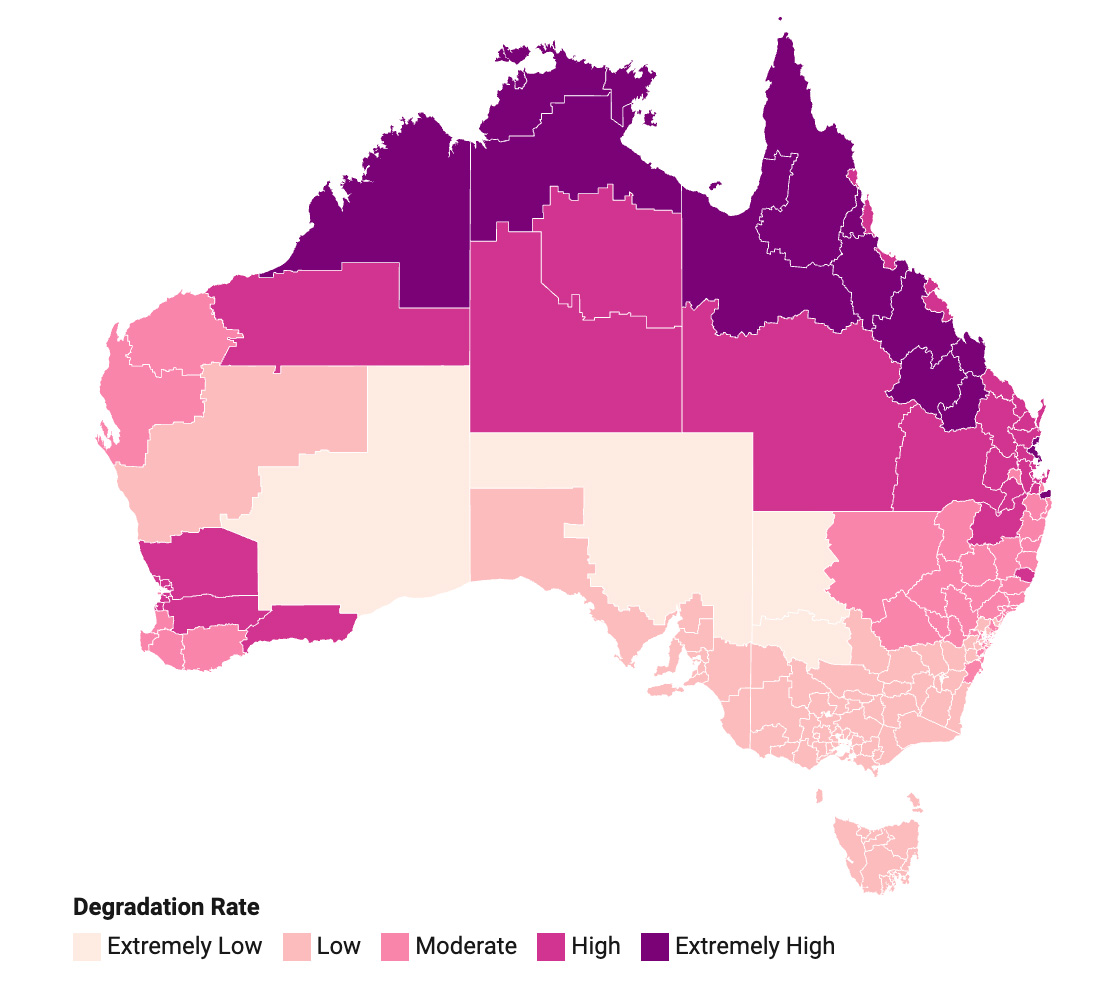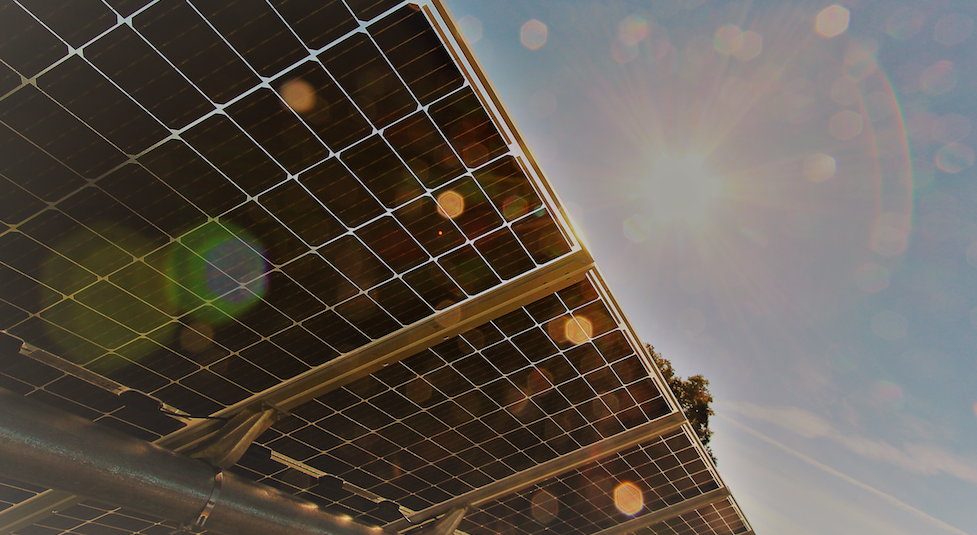New modelling from UNSW researchers, published in the journal Progress in Photovoltaics: Research and Applications, highlights the need to consider the heating climate in PV module design and shows degradation on future PV module will result in up to 12% increase in power loss – leading to approximately 10% rise in future energy prices by 2059.
Shukla Poddar, lead author of the study and a Postdoctoral Research Fellow at the UNSW School of Photovoltaics and Renewable Energy Engineering said while large scale commercial PV modules have a typical lifespan of about 20 to 25 years, and naturally degrade or lose their efficiency overtime, local weather and climate influence the degradation of PV modules.
“For the first time, this research aims to statistically model the weighted average degradation rate Australia-wide for the different degradation modes.”
Researchers used regional climate model projections to study forecast temperatures and the relative humidity around Australia – and track its impact on the degradation of PV modules.
The study looked at three degradation mechanisms, which are typical mechanisms observed in silicon modules, including hydrolysis degradation, thermal degradation, and photo-degradation.
The weighted average degradation rate was calculated using the probability of occurrence of each of these mechanisms under specific climate types including hot and humid, moderate, and desert conditions. To assess the impact of climate change on module degradation, they estimated then forecasted changes in the weighted average module degradation rate under a low and high emission scenario.
Under both scenarios, researchers found module degradation rates were higher in regions with hot and humid climates, such as northern parts of Australia compared to central Australia where the degradation rate increase was smaller due to the drier weather conditions and lower humidity of the region.

Regions with high degradation rates are also expected to experience the greatest power loss – with the projected weighted average degradation rate almost doubling by the end of the century.
“PV module degradation is climate-dependant and very specific according to where they’re installed in Australia,” Poddar said. “If you have a module, say in the middle of the desert, and you have the same module installed somewhere along the coast, while they may be identical, the degradation rate would vary because they are exposed to different climates.”
Fiacre Rougieux, co-author of the study and lecturer in the School of Photovoltaic and Renewable Energy Engineering, said Australia needs to have climate change front of mind when it comes to PV design.
“We can see that climate stressors are becoming more extremes and as a result PV modules are likely to being replaced more frequently in some regions,” he says. “PV panel technology has gone through a complete revolution in the last 10 years, and this is a call for manufacturers to now focus their attention on how to make them more climate resilient”.
As the world experiences more extreme weather, the researchers believe that this could play a part in the lifetime of PV modules.
“It’s important to understand how we can help manufacturers understand which modules or which types of technology will perform better, based on the degradation performance under specific types of climates,” says Associate Professor Merlinde Kay, co-author of the study and lecturer in the School of Photovoltaic and Renewable Energy Engineering.
While the researchers identified that thermal degradation is Australia’s main degradation precursor, further research should focus on reducing the extent of thermal cycling in modules.
“It is essential to focus on improving the module design to limit temperature rise of the modules. This would ensure higher power output and better lifetime of the modules. This will benefit future industrial large-scale PV plants to choose the most cost-effective and climate resilient modules,” Kay said.
This content is protected by copyright and may not be reused. If you want to cooperate with us and would like to reuse some of our content, please contact: editors@pv-magazine.com.








By submitting this form you agree to pv magazine using your data for the purposes of publishing your comment.
Your personal data will only be disclosed or otherwise transmitted to third parties for the purposes of spam filtering or if this is necessary for technical maintenance of the website. Any other transfer to third parties will not take place unless this is justified on the basis of applicable data protection regulations or if pv magazine is legally obliged to do so.
You may revoke this consent at any time with effect for the future, in which case your personal data will be deleted immediately. Otherwise, your data will be deleted if pv magazine has processed your request or the purpose of data storage is fulfilled.
Further information on data privacy can be found in our Data Protection Policy.